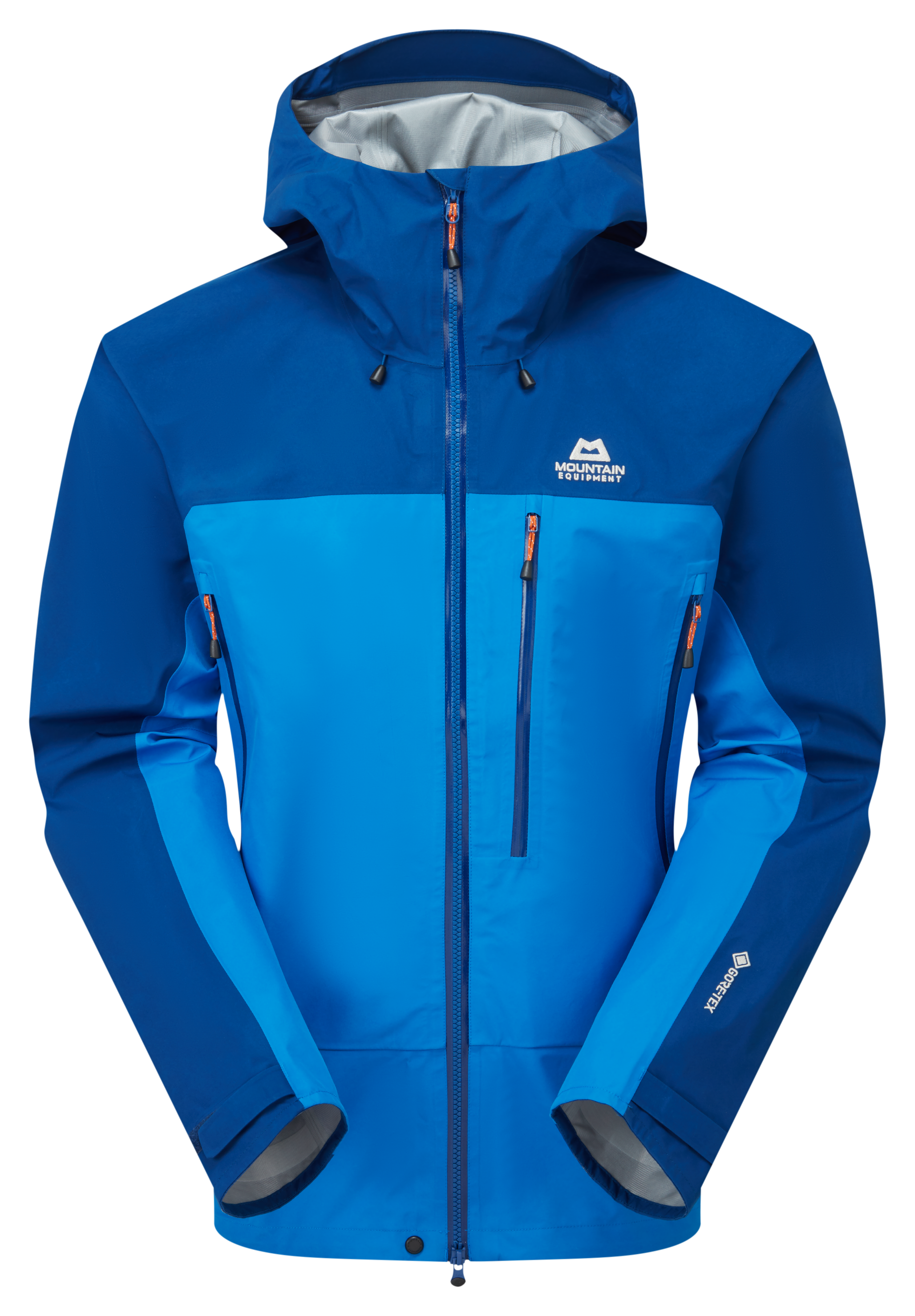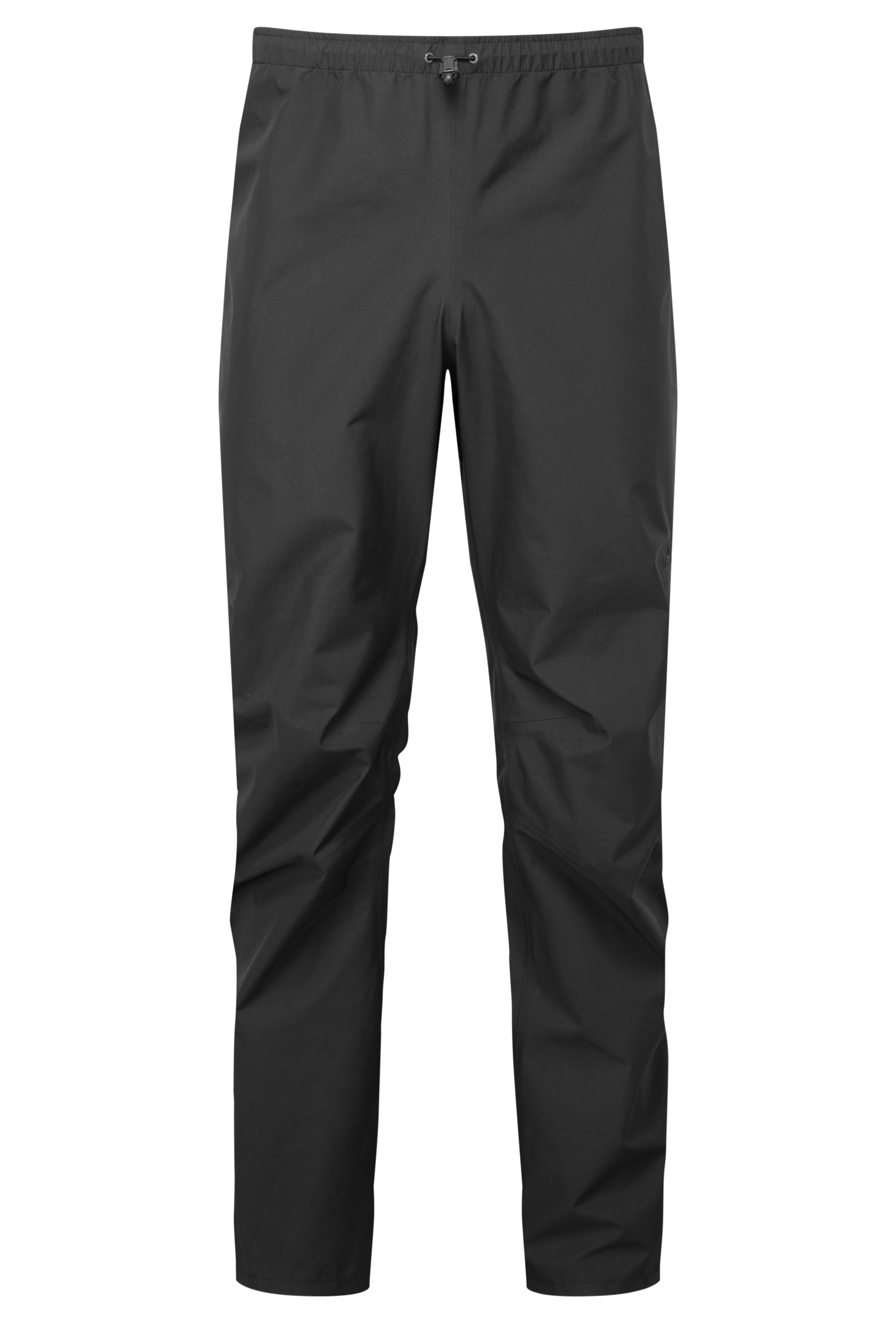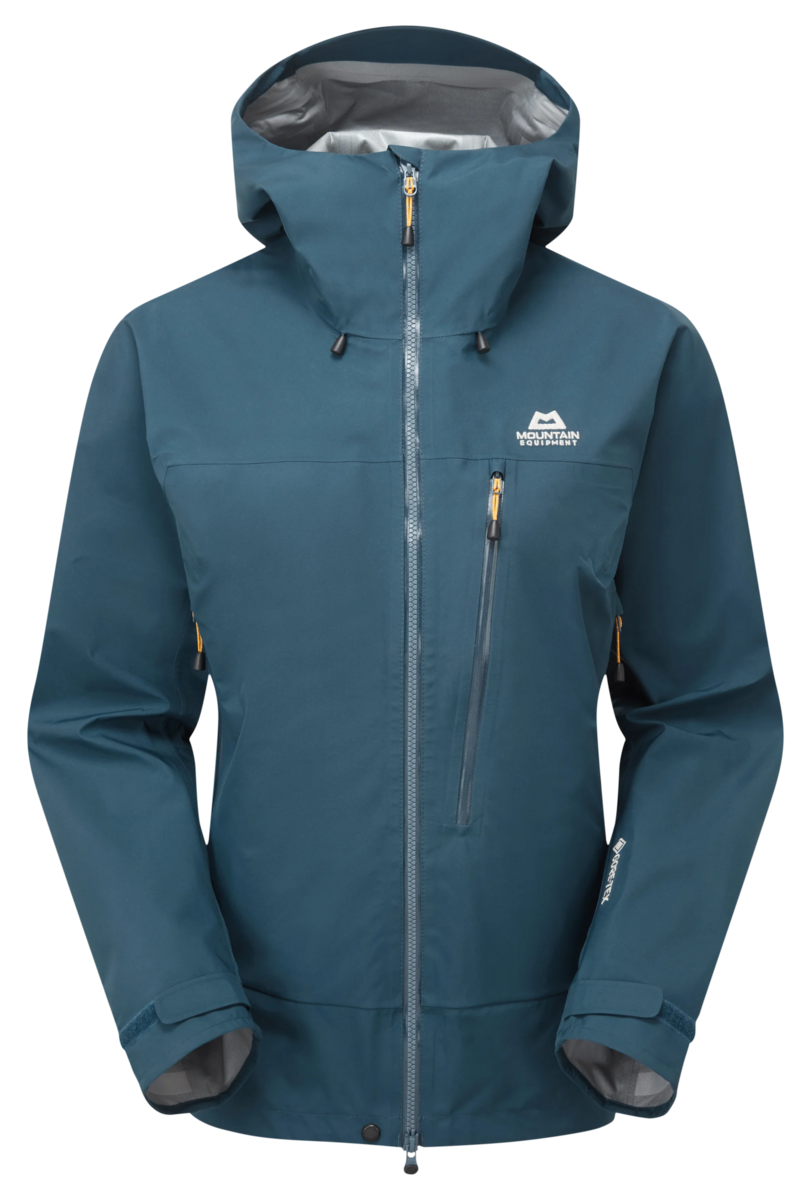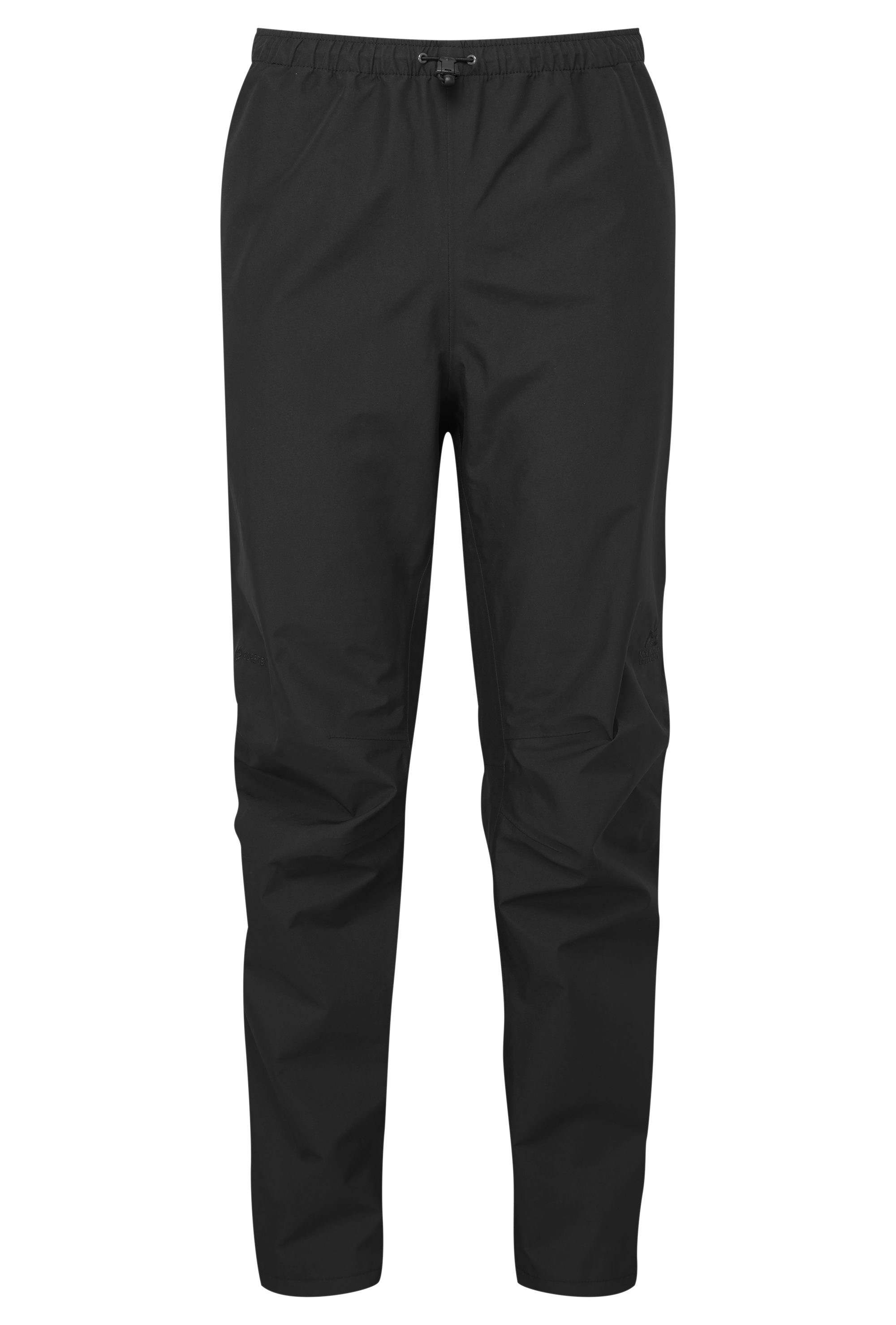GORE-TEX products with ePE membrane | The evolution of a revolution
- Product Development

Freelance outdoors writer, Tom Hill, tells the short story of the long journey to the new FC-free GORE-TEX products, and their introduction to the Mountain Equipment range
“The new ePE membrane was roughly a decade in development. It might not sound like it, but that’s actually really quick!” Erik Schrei is a Product Specialist at Gore. Despite it being 07:00 US time, he is bristling with enthusiasm. He comes across as the kind of person who lives and breathes his work and given that he’s been with the company for 26 years, there’s no one better to speak to about new GORE-TEX products. I want to understand how this new ePE membrane went from being an idea, to a fully fledged fabric being used in the Mountain Equipment winter 2023 range.
What are new GORE-TEX products with ePE membrane and why do they matter?
Let’s rewind a little first though. Before we find out more about the development process, what exactly are new GORE-TEX products? Erik elaborates: “Put really simply, what separates the new GORE-TEX products from preceding GORE-TEX products in the past, are their fluorocarbon (FC) free construction. This is something we’ve been working towards as we see a demand for lower carbon footprint products, and a move away from fluorinated materials. The real challenge for us at Gore was that our product technologies - the laminates and durable water resistant (DWR) coatings - were built on the use of FCs. In many ways we went back to the drawing board; we knew the end result had to offer the same durable, reliable performance that we are known for, but in a manner that supports our sustainability goals, and in turn, is much less impactful on the environment. Luckily, innovation is one of the things that we are really good at here.”
Erik’s current role sees him liaise between Gore’s product development teams and outdoor brands like Mountain Equipment. Before that though, he was more deeply involved in research and development, and that’s evident throughout our conversation. Making the biggest change to GORE-TEX products since their introduction, is no mean feat. The membrane is one element; the textiles and DWR treatments are also a significant part of the final fabric. Challenges were to be expected, and Erik explains more:
“The first challenge was developing the water-resistant film, or membrane as it’s known [one of the ‘layers’ of the finished fabric], but that’s the start of the process. The ePE membrane provides the waterproof, windproof, breathable benefits – but textiles are also an important part of the finished fabric. The end result has to be durable, cope with lots of wash cycles, feel good, be aesthetically pleasing, and it has to be able to be manufactured in the large quantities that we need.
As part of this detailed and dedicated process, Gore pushed boundaries to develop recycled and/or solution dyed face and backer textiles that combine with the membrane to form the fabric. There were hundreds of people involved in this process – as well as many of our suppliers and partner brands.”
The work is never done though, and this evolutionary process continues at Gore. Erik confirms, “The development was a truly collaborative process which allowed us to bring FC free GORE-TEX product technology to the market and consumer. And, of course, that process never ends. We are still developing for the future.”

From fabric to garment
As a product manager for Mountain Equipment, Malcolm Rudge’s role picks up from where Erik leaves off.
“My job is a linking role. I have one eye on our current range, but a lot of my work is focussed on a year, two, even three years in the future. It’s about combining product development and new technology with what our end customers want and need. With the introduction of new GORE-TEX fabrics with ePE membrane, it was critical the fabric choices stood up to the same high standards of performance, while also supporting our sustainability goals .”
Highlighting this further, Malcolm explained: “For us to achieve our sustainability targets, we need to work with our suppliers. Our relationship with Gore goes all the way back to 1977. It allows us to have two-way conversations and really understand each other’s needs. We have a target to be completely FC free across all of our products by 2025. That goes beyond fabrics and includes zips and other component parts, but the latest innovation from Gore contributes hugely towards our ability to meet this.”
Mountain Equipment is using the new fabrics for three products in its range in 2023; updating the long standing favourite Makalu jacket and pants, and introducing a new jacket, the Nanda Devi.
“The Makalu is a bit of a stalwart of the Mountain Equipment range. The jacket is a three-layer fully featured mountain jacket. It felt like the perfect fit for the GORE-TEX brand’s new fabric, and importantly met the performance needs we expect.”, explains Malcolm. I’m interested to know whether it felt like a risk to make changes to a well loved garment in their range.
“We place a lot of trust in Gore’s own testing processes and third party certifications. We know that by the time a GORE-TEX fabric reaches the market, it is fully fit for purpose. And then we do our own testing of course. We got really good feedback on the new GORE-TEX fabric; not just because of its sustainability credentials, certified by the HIGGS MSI Index, but because it performs really well.
In fact the performance is directly comparable with precursor GORE-TEX product technologies, albeit with a need to stay on top of washing and reproofing as the removal of FC from the DWR means it doesn't last quite as long.”
The Nanda Devi jacket fits in the Mountain Equipment range alongside the Makalu jacket, and is designed for year-round mountain walking and trekking. Malcolm explains some of the design decisions the team made: “We haven’t had a jacket that uses a two-layer membrane in our range for a while now, but the two-layer version of GORE-TEX fabrics with ePE membrane gave us an interesting opportunity. We liked the softer feel fabric and felt it worked perfectly for this kind of garment.”

The future of new GORE-TEX products
So what does the future look like? With the anticipation of what is to come next, it’s also important to understand the challenges in getting there. The evolution of this entirely new material set has been a decade long endeavour for the GORE-TEX brand, centred on rigorous research, testing, development and dedication. Working alongside partner brands, such as Mountain Equipment - the evolution to this new material is set to go even further, with the goal of removing FCs but firmly focusing on the same high level of performance and durability.










